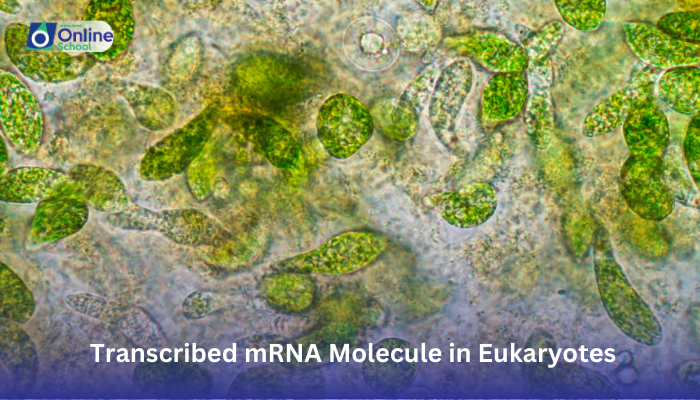
Learning Outcomes:
i. Understand why the transcribed mRNA molecule shortens before reaching the cytoplasm for translation.
ii. Explore the post-transcriptional modifications that contribute to this phenomenon.
iii. Appreciate the importance of these modifications for proper gene expression.
Introduction:
Imagine a chef carefully writing down a recipe (DNA) in the kitchen. This recipe gets copied onto a note (mRNA) to be sent to the dining hall (cytoplasm) where the dish (protein) is assembled. But before the note reaches its destination, the chef takes out a pair of scissors and snips some parts off! Why would they do that? This, my friends, is the curious case of shrinking mRNA in eukaryotes.
The transcribed mRNA molecule, fresh from the DNA in the nucleus, isn't ready for the translation party in the cytoplasm just yet. It needs a makeover! This makeover process is called post-transcriptional modification, and it involves chopping off unnecessary bits and adding some essential decorations. Let's peek into the modification room:
i. Chopping the Exons:
Remember those recipe notes? The actual instructions for the dish are written in specific sections called exons. The remaining parts, called introns, are like blank spaces or irrelevant notes.
In eukaryotic cells, the introns are snipped out by tiny molecular scissors called spliceosomes. Imagine the chef carefully cutting out only the relevant parts of the recipe and leaving out the fluff.
This splicing process joins the exons back together, creating a shorter and more streamlined mRNA molecule ready for translation.
ii. Adding the Caps and Tails:
After the haircut, the mRNA gets a fancy hat and shoes! A special chemical group called the 5' cap is added to the beginning, protecting the molecule from degradation. Think of it as a plastic wrap keeping the recipe fresh.
At the other end, a string of poly(A) tail is added. This tail helps the mRNA bind to ribosomes in the cytoplasm, the tiny chefs who read the recipe and assemble the protein dish. Imagine the tail acting like a flag, attracting the ribosomes to the mRNA.
iii. Quality Control:
Before leaving the modification room, the mRNA goes through a final inspection. Molecules with errors or missing decorations are discarded. This quality control ensures only accurate and functional recipes reach the cytoplasm.
The shortening of the mRNA molecule through post-transcriptional modifications is a crucial step in gene expression. By removing unnecessary introns and adding essential decorations, the cell ensures that only the correct information is used for protein synthesis. This delicate dance between chopping, capping, and tailing guarantees the smooth flow of information from DNA to protein, ultimately shaping the functions and characteristics of a eukaryotic cell. So, the next time you bite into a delicious dish, remember the tiny chefs in the cytoplasm, faithfully following the instructions on their carefully crafted mRNA recipe!